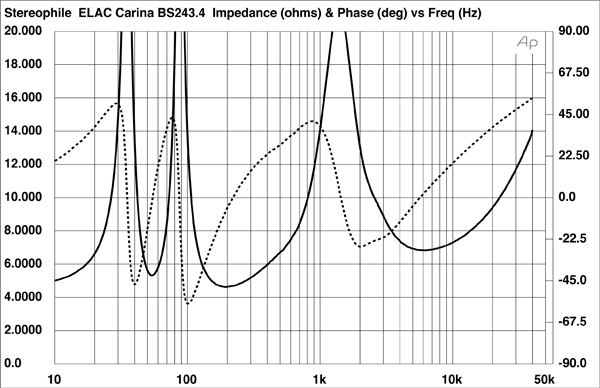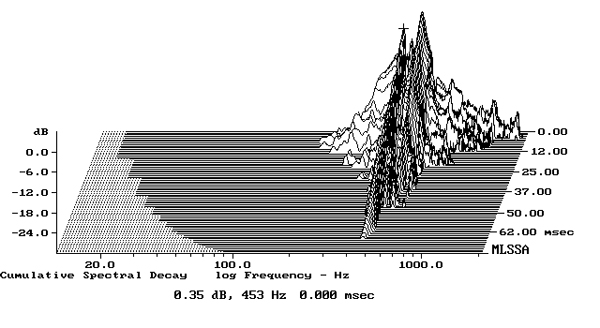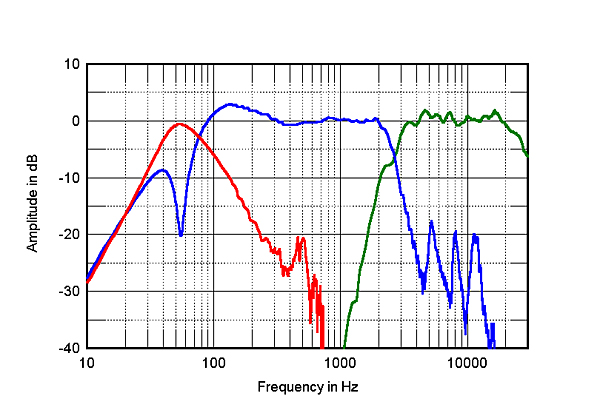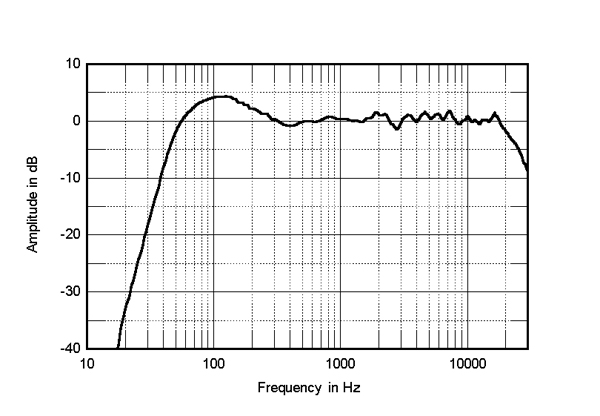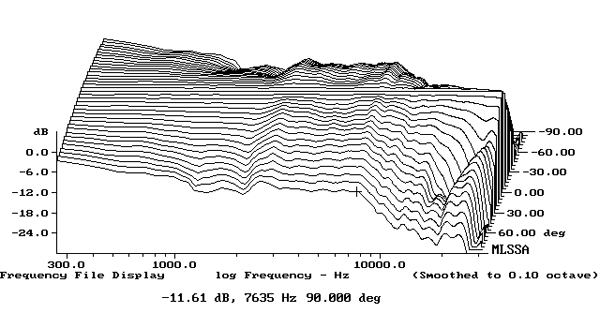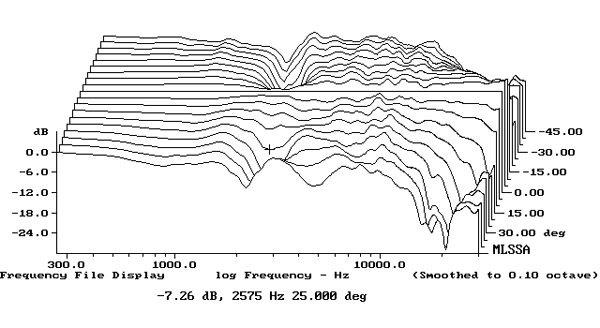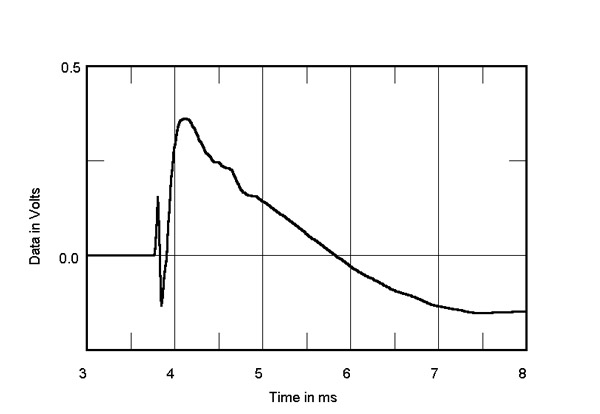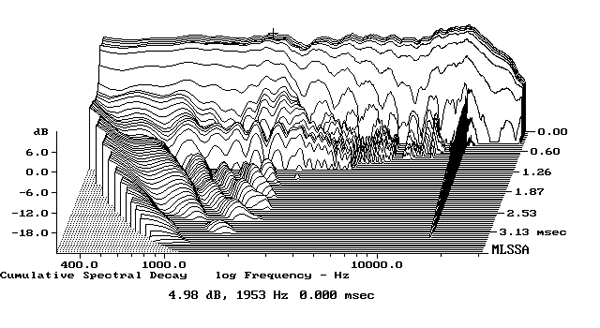| Columns Retired Columns & Blogs |
May be HR could also review the new Polk Audio L-100 bookshelf/stand-mount speakers ($1,200/pair) ..... L-100s were favorably mentioned by RS, in a recent dealer demo ....... L-100s are in the same price range as KEF LS-50 and the Elac Carina bookshelf/stand-mount speakers :-) .........
